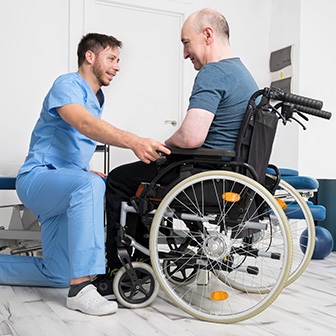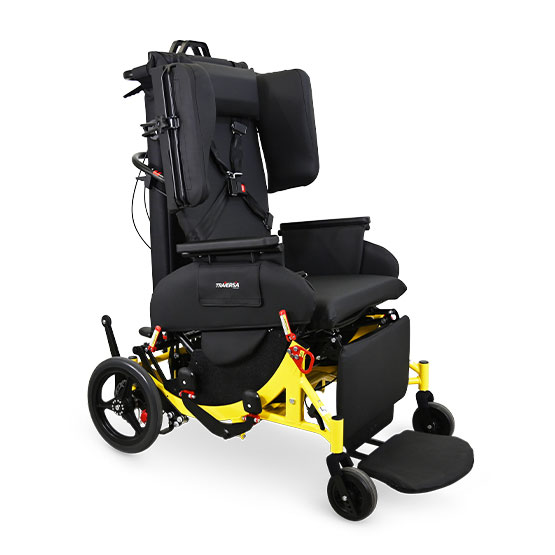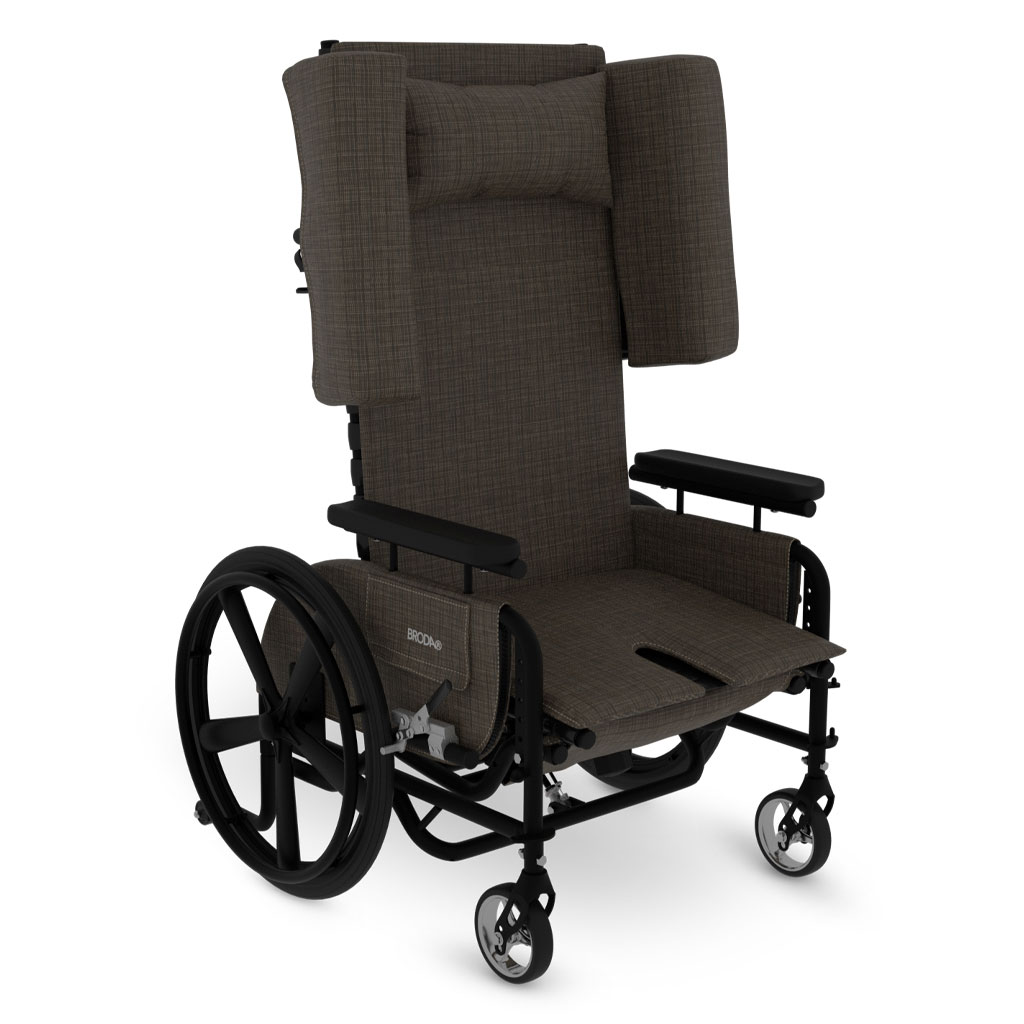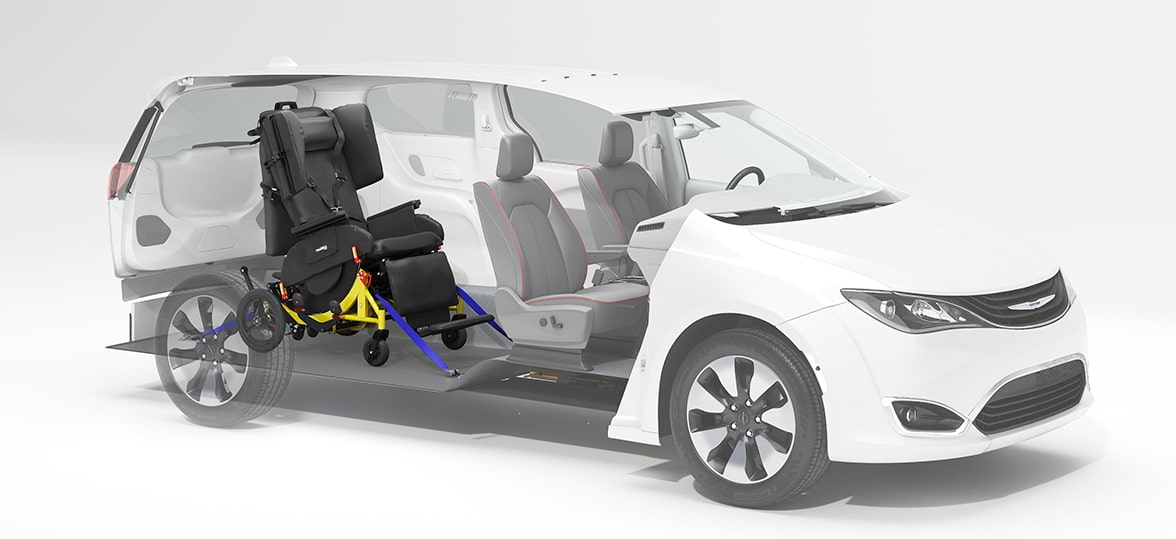A well-functioning wheelchair is the key to comfort and independence. After years of use, even the most well-made wheelchairs are due for replacement. But medical equipment is a large investment and can be complicated to order. For that reason, many people hold onto their wheelchairs for as long as possible. But slowly-degrading padding and broken features can hurt your health and wellness. How do you know when you should get a new wheelchair?
There are a variety of factors that determine whether replacing your wheelchair is a worthwhile investment. Whether you’re only concerned with maintaining peak performance or cosmetic damage bothers you, we can help you determine if a new wheelchair is a good idea. Follow this guide to see if it’s time for you to replace the wheelchair in your home, healthcare facility, or medical equipment rental fleet.
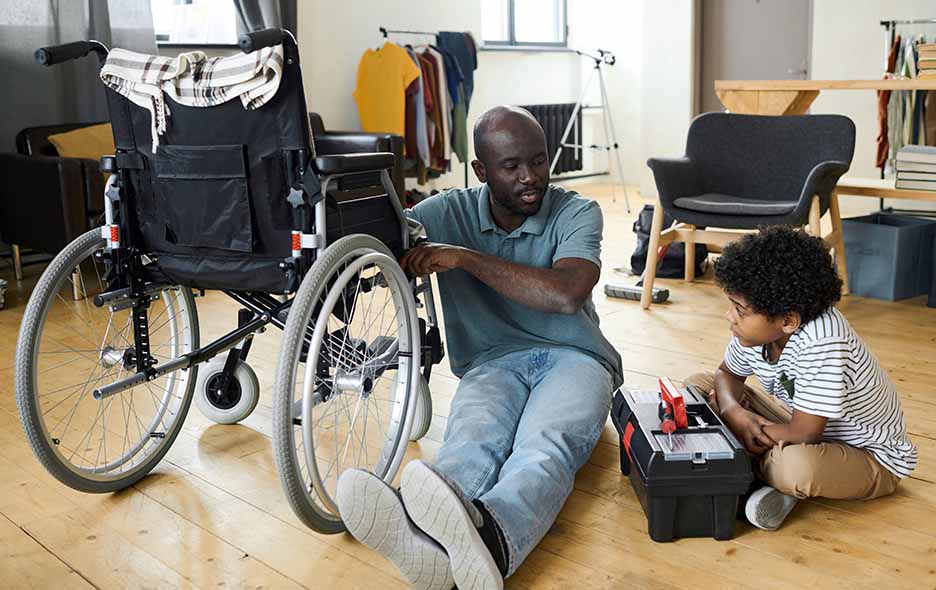
1. Frequent Wheelchair Repairs Mean It’s Time for a Replacement
If your wheelchair constantly needs repairs and replacement parts, a new wheelchair might be more cost-effective. The cost for a wheelchair repair will vary greatly depending on the type of wheelchair you have and the type of repair necessary. Manual wheelchair repairs may be significantly cheaper than repairs to a power wheelchair with electronic components.
When Are Repairs No Longer Worth It?
When determining whether it’s worth investing in repairing your wheelchair, there are a few things you should consider.
- Age of the Wheelchair – If your wheelchair is on the older side (or if you purchased it second-hand), it may be wise to consider a replacement.
- Cost of the Repair vs. a Replacement – Much like you would for a car, weigh the cost of the repair (and likely future repairs) against the cost of purchasing a new wheelchair. It may be worthwhile having a new piece of equipment that is less likely to break down.
- Insurance Coverage – How much time has passed since your insurance paid for a new wheelchair? Medicare and Medicaid will pay for a new mobility device every 5 years. It’s always a good idea to take full advantage of your benefits.
- Warranty Coverage – Is the warranty on your wheelchair expired? New wheelchairs come with warranties that guarantee free repairs for accidental damage and manufacturer’s defects.
- Is Your Wheelchair Model Discontinued? – If your wheelchair model is not being made anymore, the parts may also not be available anymore. Older wheelchairs may also be good candidates for replacement as they’re in greater danger of discontinuation.
2. If Your Wheelchair is Uncomfortable, It’s Time for a New One
When it comes to wheelchair seating, comfort is everything. The comfort factor could change based on your wheelchair’s age, the cushion type, your environment, and your health. If you’re feeling uncomfortable being out of bed in your wheelchair, that’s a sure sign to look at a replacement. The cause could be related to your wheelchair, your medical condition, or both.
Here are the most common culprits for wheelchair discomfort:
- Poor Pressure Redistribution and/or New Pressure Injuries
- Changes in Weight or Body Composition
- Development of Postural Abnormalities
- Worn-Out Cushions
- Broken Armrests or Footrests
- Poor Airflow and Heat Buildup
- Foldable, Sling-Seat Wheelchairs
Work with your medical care team to determine the cause of the discomfort.
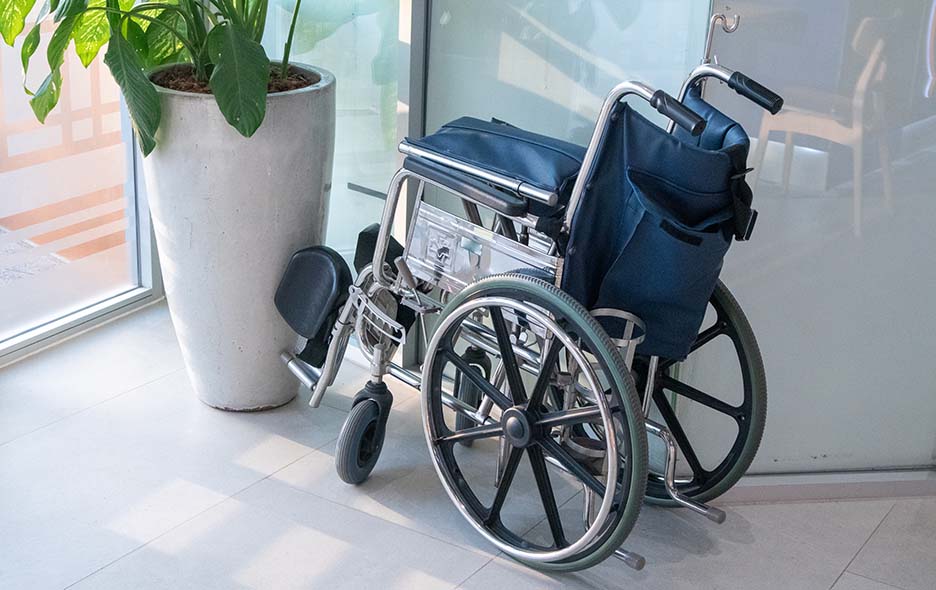
3. If Your Wheelchair is Difficult to Use, It Might Be Time to Replace It
There’s nothing more frustrating than having trouble operating your everyday mobility device. Even the highest-quality wheelchairs can develop issues with self-propulsion, steering, brakes, and battery power. Whether your wheel locks are sticking, your frame is bent, or the tilt functionality isn’t as smooth as it used to be, there may be benefits in replacing the entire wheelchair.
Instead of spending hours troubleshooting, ordering parts, or spending a fortune on repair services, consider the benefits of a brand-new wheelchair. Many wheelchairs, like those from Broda, come with outstanding warranties to give you peace of mind for years to come.
4. If You’ve Had a Change in Diagnosis, Make Sure Your Wheelchair is Still Appropriate
A medical diagnosis, or the state of your health, can change at any point. When it does, you’ll want to make sure that your wheelchair still offers the support you need to maintain as much independence as possible. How do you know if your wheelchair is still appropriate when you receive a new diagnosis or a change in ability? Your doctor, physical therapist, occupational therapist, or assistive technology professional (ATP) can make sure that your equipment is tailored to address your unique diagnosis. If not, they can make a recommendation for a new wheelchair that would help you be more comfortable, more independent, or both. How do medical professionals determine if a wheelchair is the right fit for your diagnosis? They conduct what’s known as a seating assessment, or seating evaluation.
What is a Seating Assessment for a New Wheelchair?
Medical care teams perform a seating assessment or seating evaluation to determine what kind of wheelchair is best for their clients.
The clinician will use their findings to determine a detailed recommendation for the new wheelchair seating system and provide medical justifications for each component.
5. If Your Wheelchair Has Cosmetic Issues, Consider Replacing It
Many wheelchair users consider their equipment to be part of their personal style. Some put a lot of effort into choosing the color, upholstery, and accessories. If you’re one of the many people who consider wheelchair appearance a top priority, cosmetic damages may warrant purchasing a new wheelchair.
Some cosmetic damages, however, are more than superficial. Even if appearance isn’t important to you, be sure that the damage won’t pose safety hazards over time.
Here are some examples of issues that seem minor but warrant an immediate fix.
- A ripped seat pad can cause infection control issues by allowing bacteria and viruses to absorb into the soft interior of the cushion.
- Scratches or chips in the paint can expose the metal to rust and corrosion, especially if you live in a humid climate.
- Cracks in plastic components can develop sharp edges or pinch points, leading to skin injuries or snagged clothing.
- Dented wheels can be an indication that wheel alignment is compromised. This can interfere with balance and cause a fall risk.
Cosmetic damages can be a warning sign pointing to deeper issues with your mobility device. Even if the damage seems minor, it may be worth inspecting to ensure safety for yourself or your client.
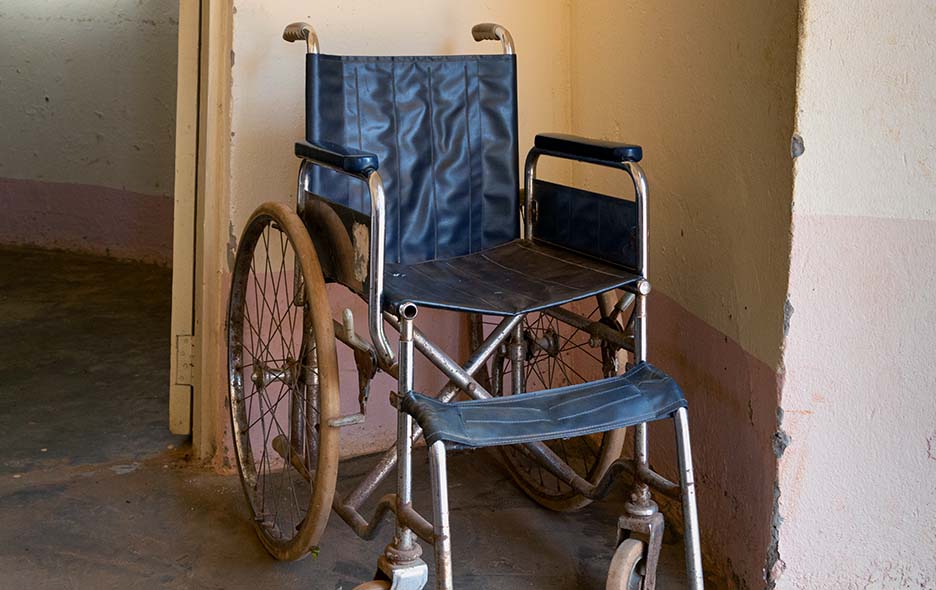
Wheelchair Replacement vs. Repair: How to Decide
If you’re on the fence about whether it’s worth fixing your old wheelchair, consider the factors that are most important to you.
Ready for a New Wheelchair?
No matter your reasons for needing a new wheelchair, Broda is here for you. Our team of experts can work with your care team to determine which Broda wheelchair is best for you.
Contact us online, call 844-552-7632, or email info@brodaseating.com to get started with a personalized consultation today!
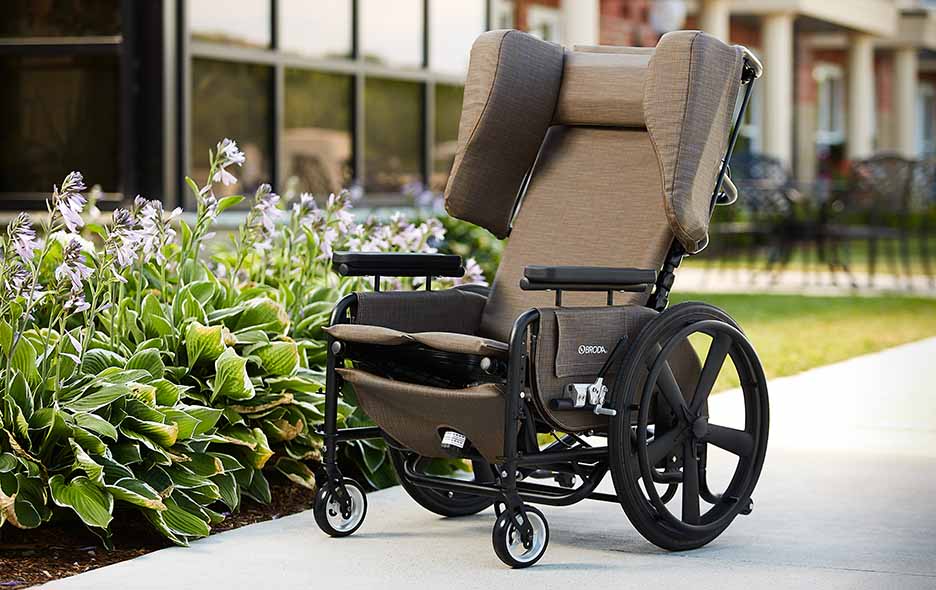
Frequently Asked Questions about Wheelchair Repairs
How Long Do Wheelchairs Last?
If well-cared for and well-made, the average wheelchair should last at least five (5) years. This lifespan varies based on the function, the materials, the user’s diagnosis, and much more. For example, a lightweight wheelchair used for outdoor errands or competitive sports may not last as long as a sturdier wheelchair built for indoor use. For example, Broda’s wheelchairs are built from durable steel and can last 10 years or more.
How Can I Make My Wheelchair Last Longer?
Although the average lifespan of a wheelchair is 5 years, here are some tips to help your wheelchair last even longer.
- Invest in Quality – Avoiding cheaply made wheelchairs will save you money in the long run. Broda wheelchairs, for example, are made with 16-gauge tubular steel and can last for decades with minimal repairs.
- Keep Your Wheelchair Clean – Wipe off stains and liquids, brush off dirt and debris, and regularly clean the upholstery with a light cleaner.
- Regularly Inspect Your Wheelchair – Find small problems before they become larger issues. Lubricate moving pieces, tighten loose screws, and ensure all parts and accessories stay together.
How Much does Wheelchair Repair Cost?
Here are some estimates of how much it costs to repair a wheelchair.
The first cost you’ll need to consider is where you’ll have your wheelchair repaired. If you’re requesting repairs through a durable medical equipment dealer or medical equipment supply store, you may pay a service call fee for a repairman to visit your home or facility. This fee often includes travel costs, troubleshooting, and sometimes the first hour of labor.
Once you’ve paid the service call fee, then, you’ll then have to pay the repairman for his time. Labor costs can range from $40-$150+ USD per hour, depending on the complexity of the repair. When considering your total cost, you’ll want to consider both the skill level required and the amount of time it may take to make the repairs. A qualified technician can give you an accurate estimate.
Next, you’ll need to consider the cost of wheelchair parts. Parts costs can be cheap or expensive, depending on the manufacturer and the materials used. Basic wheelchairs tend to have inexpensive parts. Power wheelchair parts can be even more expensive, with parts such as batteries running upwards of $150 USD. A custom wheelchair, on the other hand, may have even more expensive parts, especially if they are built especially for your body composition. A custom-molded backrest or seat cushion may cost hundreds of dollars and take time to manufacture.
How Much Do Broda Wheelchair Parts Cost?
Here are some estimates of how much it costs to buy some common new wheelchair parts from Broda.
- Footrest Replacement: ~ $500 USD, including padding
- Cable Replacement: ~$50 USD each
- Tilt or Recline Cylinder Replacement: ~$200 USD each
- Caster Wheel Replacement: Starting at ~$70 USD per wheel
- Mag Wheel Replacement: ~$240 USD per wheel
- Padding Replacement: Between $500 – $1400 USD for full padding packages
These costs are estimates only and are not intended to replace a quote. Pricing is subject to change. Contact us online, at 844-552-7632, or at info@brodaseating.com for accurate pricing.
How Long Do Wheelchair Repairs Take?
Apart from monetary costs, wheelchair repairs are rarely done on the same day. Depending on the severity of the repair, your wheelchair may be out of commission for a while. This could range from a couple of days to a few weeks.
Because fixing a wheelchair takes time, it’s important to have a backup mobility device in place. What kind of wheelchair is best to have as a backup? Having a duplicate wheelchair can be expensive, especially if you have a custom-built device or a power chair. Work with your medical care team to determine a device that can meet your most basic mobility needs while you wait for your main wheelchair to be repaired.
Broda wheelchairs make excellent backup wheelchairs and primary mobility devices. They are considerably more affordable than a power chair and still offer clinically proven pressure redistribution. Broda wheelchairs are also very low maintenance and can be ready to roll at a moment’s notice.

